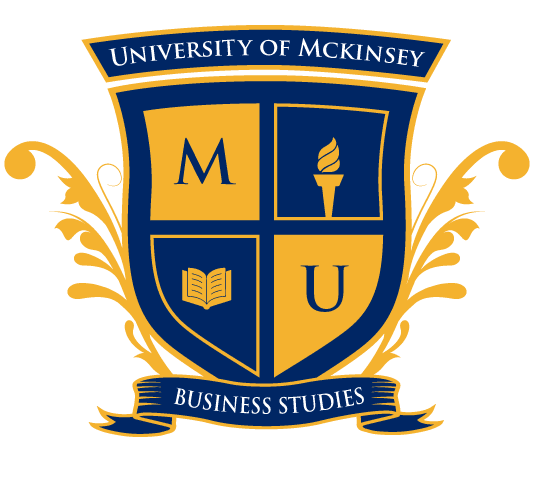In today’s fast-paced and competitive business environment, organizations are increasingly recognizing the pivotal role of their human resources in achieving strategic objectives. Strategic Human Resource Management (SHRM) has emerged as a critical discipline that aligns HR practices with overall business strategies, creating a synergistic relationship between people and organizational goals. This article explores the definition, importance, and key steps of SHRM, along with real-world examples showcasing its transformative impact.
What is Strategic Human Resource Management?
Strategic Human Resource Management refers to the proactive integration of HR practices and policies with an organization’s strategic goals and objectives. It involves leveraging human capital to gain a sustainable competitive advantage, focusing on long-term planning, and considering the needs of both the organization and its employees. By aligning HR initiatives with the overall strategy, SHRM aims to optimize workforce capabilities, foster employee engagement, and drive organizational success.
The Importance of Strategic Human Resource Management:
Strategic Human Resource Management holds immense significance for organizations across industries. Here are a few key reasons why SHRM is indispensable:
- Alignment with Business Strategy: SHRM ensures that HR initiatives are closely linked to the strategic direction of the organization, facilitating goal congruence and enhancing overall performance.
- Talent Acquisition and Retention: Effective SHRM practices enable organizations to attract, develop, and retain top talent by offering competitive compensation packages, fostering a positive work culture, and providing growth opportunities.
- Employee Engagement and Productivity: SHRM focuses on creating an engaged workforce through employee development, recognition programs, and work-life balance initiatives, resulting in higher productivity and performance levels.
- Change Management: SHRM equips organizations to navigate through periods of change, such as mergers, acquisitions, or industry disruptions, by ensuring a smooth transition and mitigating potential risks.
How does SHRM work?
Strategic Human Resource Management operates through a systematic approach that integrates HR practices with strategic objectives. The following steps provide a framework for implementing SHRM effectively:
- Environmental Analysis: Assess the internal and external factors influencing the organization’s HR requirements, such as industry trends, technology advancements, and competitor analysis.
- Strategy Formulation: Collaborate with top management to define organizational goals and develop a clear strategy that aligns HR initiatives with the overall direction.
- Workforce Planning: Conduct a comprehensive assessment of the current and future workforce needs to identify gaps and devise strategies for recruitment, training, and succession planning.
- Talent Acquisition and Development: Implement robust recruitment and selection processes to attract the right talent, and invest in training and development programs to enhance employee capabilities and align them with strategic objectives.
- Performance Management: Establish performance measurement systems that link individual and team performance to strategic goals, providing regular feedback and opportunities for growth.
- Rewards and Recognition: Design compensation and benefits programs that incentivize high performance, recognize achievements and promote a positive work environment.
- Evaluation and Continuous Improvement: Continuously monitor and evaluate the effectiveness of SHRM initiatives, making necessary adjustments to ensure ongoing alignment with organizational strategies.
- Examples of Strategic Human Resource Management:
compelling examples demonstrate the transformative power of Strategic Human Resource Management:
Google: Google’s SHRM approach focuses on attracting and retaining top talent through innovative perks, flexible work arrangements, and unique work culture. By aligning HR practices with its mission to organize the world’s information and make it universally accessible, Google has cultivated a highly motivated and creative workforce, contributing to its industry dominance.
Southwest Airlines: Southwest Airlines is renowned for its SHRM practices, emphasizing employee engagement, job satisfaction, and a strong company culture. By prioritizing employee well-being and happiness, Southwest has consistently ranked high in customer satisfaction and profitability, showcasing the effectiveness of



